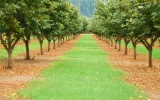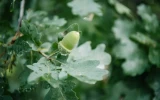Average Hazelnut Yield per Tree (What To Expect)
The average yield per hazelnut tree can vary depending on several factors, including the climate, soil quality, and age of the tree. In addition to these factors, the variety of hazelnuts you choose can also impact the yield. In this article, we'll find out how many pounds of hazelnut you can expect from a single tree.
Hazelnut trees can produce between 4 and 12 pounds of nuts per plant annually, with an average yield of around 7 pounds. When the trees reach ages 15 to 25, they can give a yield of around 11 to 22 pounds per tree.
If you aim to maximize your yield and increase your profits, you should select the right type of hazelnut tree. Hybrid hazelnut trees can produce higher yields than traditional varieties. Let's take a look at the different varieties of hazelnuts and how many nuts you can harvest from each.
Summary
- Different hazelnut varieties have varying levels of yield per tree, with Tonda Gentile and Tonda Romana being among the highest-yielding varieties, producing around 35 to 50 pounds of hazelnuts per tree, respectively.
- Barcelona hazelnuts are popular due to their exceptional yield potential, adaptability to various growing conditions, and the high volume of quality nuts they produce.
- Jefferson is a new hazelnut variety known for its high-yield potential and resistance to Eastern Filbert Blight, making it a valuable choice for hazelnut growers in maintaining the health and productivity of their orchards.
- The age of the hazelnut tree is a key determinant of its yield, with young trees typically having lower yields as they establish their root systems and allocate energy toward growth rather than nut production.
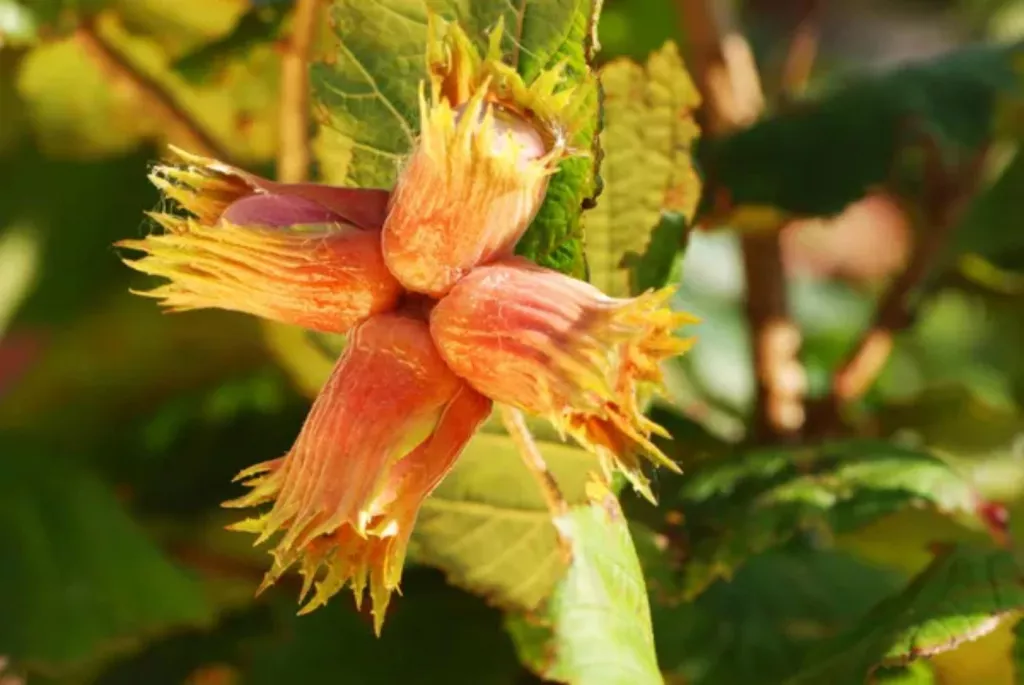
On this page:
Average Yield per Tree For Different Hazelnut Variety
The table below shows how different varieties of hazelnuts have varying estimated yields per tree:
| Variety | Estimated Yield per Tree (lbs) |
|---|---|
| Barcelona | 25 |
| Tonda di Giffoni | 30 |
| Tonda Gentile | 35 |
| Tonda Romana | 40 |
| Yamhill | 28 |
| Jefferson | 32 |
Barcelona is a popular hazelnut variety
Barcelona is a highly popular variety of hazelnuts known for its exceptional yield potential. An acre of this hazelnut variety has a profit potential of around $5,000 to $6,000.
The Barcelona hazelnut tree is known for its vigorous growth and adaptability to various growing conditions, making it a favored choice among hazelnut growers.
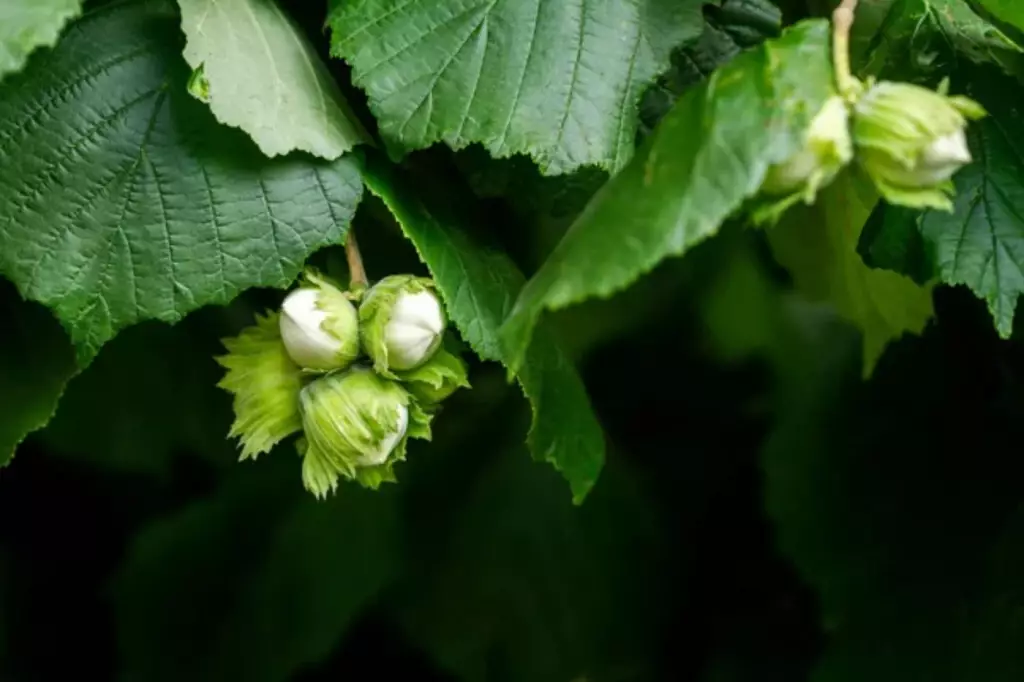
This variety is recognized for its ability to produce a high volume of quality nuts, making it a valuable asset in commercial hazelnut production.
Their nuts are prized for their size, flavor, and ease of processing, further contributing to their popularity among consumers and the food industry.
They are also often used in a wide range of culinary applications, including confectionery, baking, and as a standalone snack. The nuts are known for their rich, slightly sweet flavor, which adds depth and complexity to a variety of dishes.
Additionally, Barcelona hazelnuts are valued for their nutritional content, being a good source of healthy fats, protein, fiber, and various essential nutrients.
Tonda di Giffoni is a high-yielding hazelnut variety
The Tonda di Giffoni is a variety of hazelnut trees known for their high yield per tree. This particular cultivar is prized for its large, round nuts and excellent flavor, making it a popular choice among growers and consumers alike.
Generally, a mature Tonda di Giffoni tree can produce an impressive yield of nuts, often ranging from 40 to 60 kilograms per tree in optimal conditions.
To achieve high yields, you may need to provide this tree with the right growing environment. This includes ensuring proper soil conditions, adequate sunlight, and regular irrigation.
Additionally, proper pruning and pest control measures can also contribute to maximizing the yield per tree.
The nuts produced by the Tonda di Giffoni are not only abundant but also highly valued for their quality. They are often used in confectionery, baking, and culinary applications due to their rich flavor and nutritional value.
Tonda Gentile is renowned for its exceptional yield of high-quality hazelnuts
This particular variety is known for producing up to 35 pounds of hazelnuts per tree. The yield per tree can vary based on several factors such as the age of the tree, environmental conditions, and agricultural practices.
Tonda Gentile hazelnuts are prized for their rich flavor and high oil content, making them a sought-after ingredient in culinary applications and confectionery.
The trees typically start producing a significant yield of hazelnuts once they reach maturity, which can take several years after planting.
The yield per tree can be optimized through proper orchard management, including appropriate fertilization, irrigation, and pest control.
Tonda Romana is known for its exceptional nut yield
Tonda Romana is a cultivar of the hazelnut tree (Corylus avellana) that is renowned for its exceptional nut yield. This particular variety is highly prized for its ability to produce an impressive average nut yield of around 40 pounds per tree.
This variety is known for its excellent adaptability to different soil types and climates. This adaptability allows the tree to thrive in various growing conditions, which ultimately contributes to its robust nut production.

Additionally, these trees are self-fertile, meaning that they do not require cross-pollination from another hazelnut tree to produce nuts. This self-fertility is advantageous as it ensures consistent nut production even in orchards with limited space for multiple trees.
Furthermore, the Tonda Romana cultivar is recognized for its relatively high resistance to common hazelnut tree diseases and pests. This resistance helps to maintain the overall health and vigor of the trees, allowing them to allocate more energy toward nut production.
Their high nut yield is also attributed to their efficient use of resources, including water and nutrients. This efficient resource utilization enables the tree to channel sufficient energy into nut development, resulting in a bountiful harvest.
Yamhill is another high-yielding hazelnut cultivar
The Yamhill hazelnut variety is a popular cultivar of the Corylus avellana species, commonly known as the European hazelnut.
This variety is named after Yamhill County in Oregon, where it was developed as part of the hazelnut breeding program at Oregon State University.
The Yamhill hazelnut is highly regarded for its exceptional nut quality and productivity, making it a sought-after choice for commercial cultivation and home orchards.
Yamhill hazelnuts are known for their large size and excellent flavor, making them a favorite among consumers and confectioners alike.
The nuts are typically round to slightly oval in shape, with a smooth, thin shell that encases a flavorful kernel. The kernels have a rich, buttery taste and a creamy texture, which makes them ideal for various culinary applications, including baking, roasting, and snacking.
This variety of hazelnut trees is also prized for its high yields and vigorous growth habit. The trees are known for their adaptability to a wide range of soil types and climates, making them well-suited for cultivation in various regions.
They are also valued for their resistance to Eastern Filbert Blight (EFB), a devastating fungal disease that affects hazelnut trees.
Jefferson is a new hazelnut variety known for its high-yield potential
Jefferson is a hazelnut variety that was developed by Oregon State University, known for its high yield potential and resistance to Eastern Filbert Blight.
This blight-resistant characteristic is particularly important as Eastern Filbert Blight is a devastating disease that affects hazelnut trees.
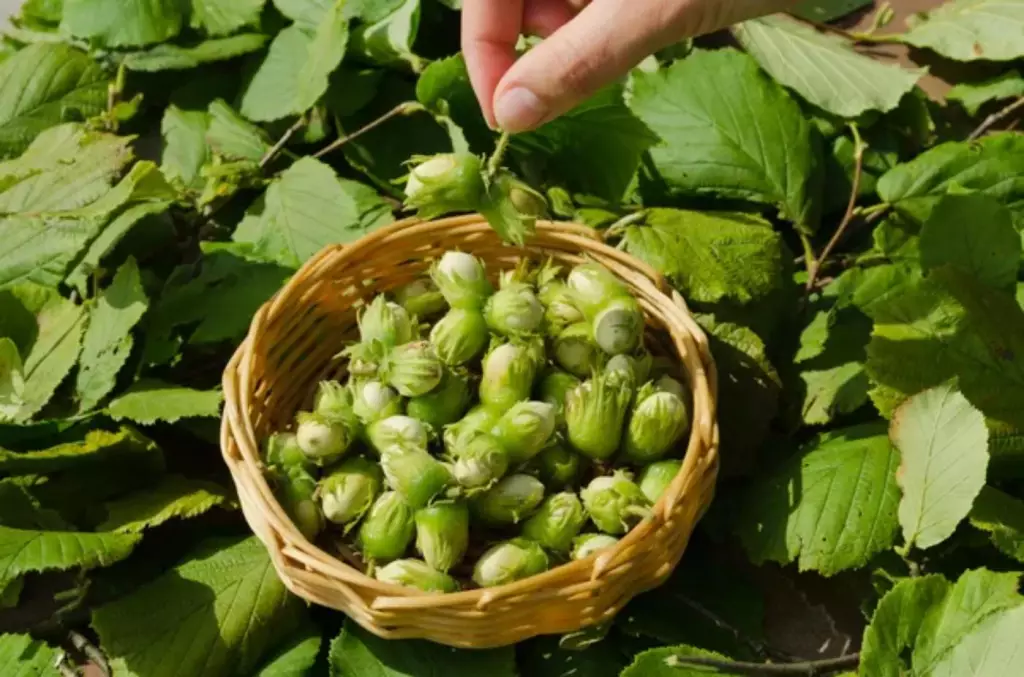
By breeding for resistance to this disease, Oregon State University has provided hazelnut growers with a valuable tool for maintaining the health and productivity of their orchards.
In addition to its disease resistance, this variety is also prized for its large size and good flavor. These qualities make them desirable for both commercial and home use.
The large size of the nuts makes them particularly well-suited for processing and use in baking and cooking. Their good flavor also makes them a popular choice for culinary applications, adding a rich, nutty taste to a wide variety of dishes.
The Effect of Climate, Soil Quality, and Tree Age in Hazelnut Yields
Climate has a role in determining hazelnut tree yield
Hazelnut trees thrive in temperate climates with adequate rainfall and moderate temperatures. Extreme weather conditions, such as frost or drought, can have a detrimental impact on the yield.
They prefer full sun, but can also tolerate partial shade. If you live in an area with hot summers, you may need to provide your hazelnut trees with some shade during the hottest part of the day.
Soil quality is another important factor affecting hazelnut tree yield
Hazelnut trees prefer well-drained, fertile soil with a slightly acidic to neutral pH (between 5.5 and 6.5). Poor soil quality can lead to stunted growth and lower yields.
The presence of essential nutrients, such as nitrogen, phosphorus, and potassium, in the soil is vital for the healthy growth and productivity of hazelnut trees.
They can grow in a variety of soil types but do best in soils that are rich in organic matter. Before planting, test your soil to determine its pH level and adjust it if necessary.

The age of the hazelnut tree is also a key determinant of its yield
Young hazelnut trees typically have lower yields as they are still establishing their root systems and allocating energy toward growth rather than nut production.
These trees mature fast and produce nuts around 2-4 years of age, but they only reach peak productivity, generally around 8-12 years of age. However, as the trees continue to age, their yield may decline, making proper maintenance and rejuvenation crucial for sustaining high yields.

